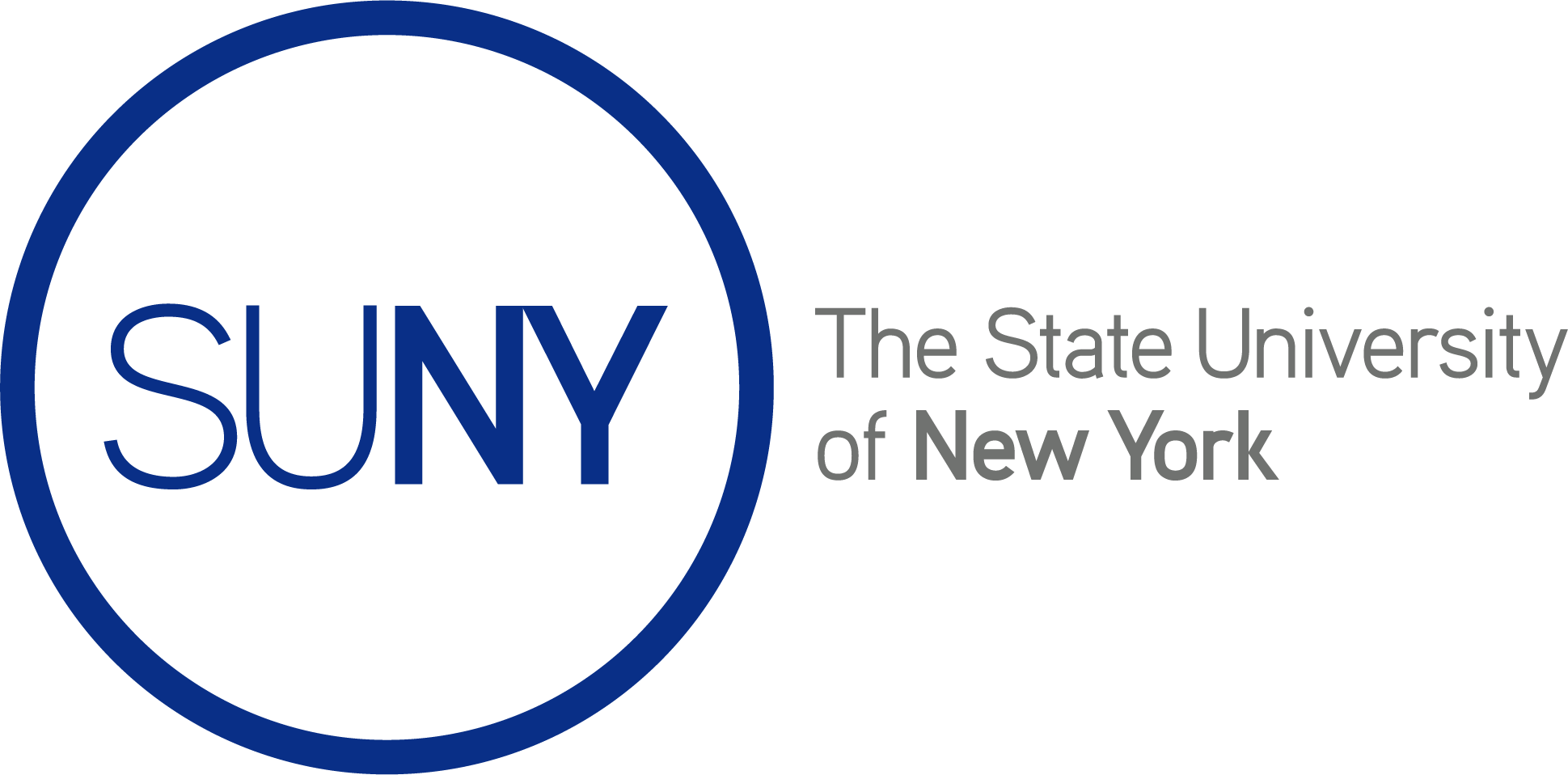For my geography of Latin America class, the island that I chose to research was Puerto Rico. I chose this island because I am part Puerto Rican and always want to learn as much as I can about my ethnicity. Puerto Rico is an island located in North America and lies between the Caribbean Sea and the North Atlantic Ocean. This island is also the fourth largest in the Caribbean. Puerto Rico has three languages: the number one language being Spanish, the second language being English, and the third language being Taino. Taino was the language spoken by Puerto Rico’s indigenous people as it was the language of the people who first inhabited this island in the late 15th century. Taino words are still used for municipalities throughout Puerto Rico such as Utado, Mayaguez, Caguas, and Humacao among others.
Now, pertaining to food, there are many different traditional dishes that originate from Puerto Rico. Most of these dishes surround its most important crop: the plantain. Some traditional foods include mofongo, tostones, maduros, arroz con habichuelas, empanadas, pernil, pasteles and much more. A lot of these dishes are mainly just different variations of seasonings and different ways of cooking the plantain. Once cooked, a side of rice, pork, and perhaps avocado is served along with it. Another prominent aspect of Puerto Rico are the festivals the island has. Puerto Rico has many different festivals all throughout the year. One of the festivals being called “Festival Nacional Indigena”, which translates to “National Indigenous Festival” in English. This festival is one that pays homage to and honors Puerto Rico’s Taino legacy and practices traditional Taino ceremonies, games, costume pageants, food, and music. Relating to the costume pageants contestants are to dress as their ancestors once did. Taino’s are said to have worn little clothing due to being in the hot Caribbean. Their clothes consisted of tropical bird feathers that were bright and vibrant in color in their hair. Taino men and women wore more decorative clothing made of objects found around the island such as shells or beads that were woven into their loincloths or aprons that were made of cotton or palm fibers. Taino’s also painted their body with designs as an act to represent spirituality. This is one of the few remaining purely cultural fairs of Puerto Rico. Pertaining to the religious aspect of Puerto Rico, the Taino’s were said to be very spiritual. They practiced polytheism and worshiped many different gods, ancestors, and spirits. However, over the years and during colonialism, the island soon started to come to practice Catholicism and Christianity. Now, about 75% to 85% of the island is Catholic or Christian.
Puerto Rican music is also a large representation of its culture and is what makes Puerto Rico what it is. The islands music is made up of predominantly Caribbean music. Some instruments that are used in traditional Puerto Rican music are the “cuatro”, the “triple”, and the “requinto”. The cuatro is a guitar like instrument with 10 strings that are arranged in five different pairs. The triple is a small guitar like instrument with three strings. The requinto is a small conical hand drum that has a high tone and is used to improvise over other drum rhythms. Two types of music that originated in Puerto Rico are “bomba” and “plena”. Bomba is a purely African style of music that was brought over by slaves who worked on the islands sugar plantations in the 17th century. This is a style of music that uses barrel shaped drums that were covered with tightly stretched animal skins and were played by hand. Plena is a blend of elements from Puerto Rico’s wide cultural background. An instrument used in this style of includes the “guiro”. The guiro is a dried out gourd whose surface is cut with parallel grooves and, when rubbed with a stick, produces a raspy and rhythmical percussive noise. Bomba and plena still remain the most popular forms of folk music on the island, and many cultural events highlight these different types of music for enjoyment.
Relating to Puerto Rico’s official “label” on whether being an independent country or a state- Puerto Rico is neither. Politics of the status of this island remain complicated but for now Puerto Rico remains a U.S. territory. Puerto Rico’s citizens are, in fact, considered U.S. citizens. However, while the island is subject to U.S. federal laws, island-based Puerto Ricans cannot vote in presidential elections and lack voting representation in Congress. Puerto Rico is treated as an unincorporated organized territory of the United States with local self-government.

